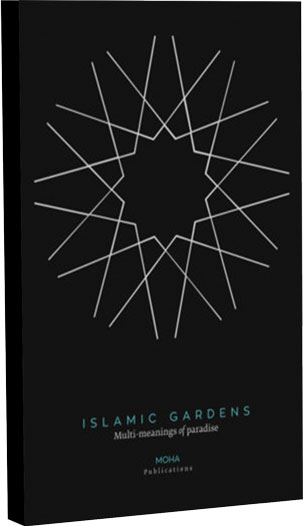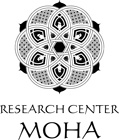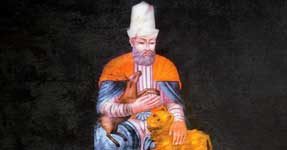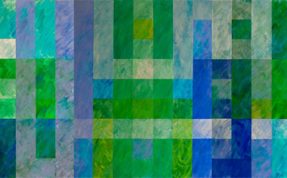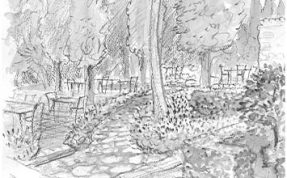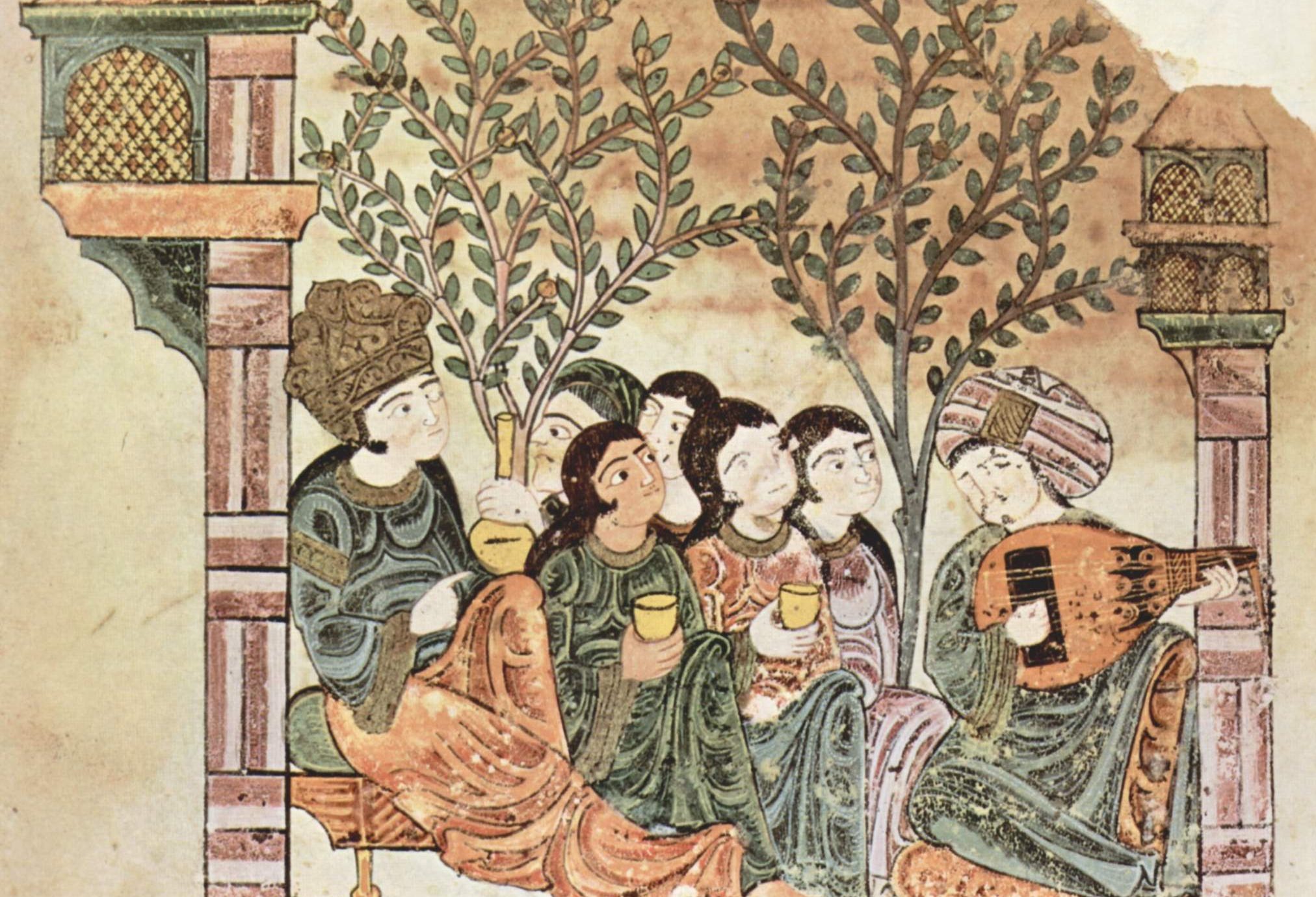Music as an art form has always had the power to transcend borders and unite people and cultures.
Musical tradition in the Arab world is dating back to the simple sing-song recitations of tribal bards in pre-Islamic days, usually accompanied by the rababa, a primitive two-string fiddle. These recitations usually referred to incidents from the poet’s own life or that of his tribe, sometimes in a dramatic and epic style. Pre-Islamic poetry was transmitted and preserved orally until the end of the 7th century, thanks to professional reciters and instrumentalists who memorized the long heroic poems.
As they spread out into the Middle East and North Africa in the 7th and 8th centuries, the Arabs quickly added the rich and complicated scales and tones of Indian, Persian and Byzantine music and developed a unique form that has persisted to this day with only minor changes.
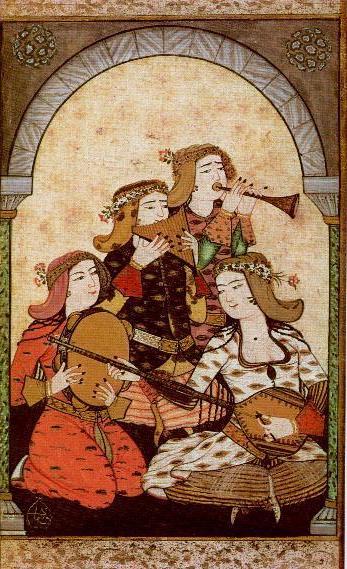
During the Umayyad period (661-750 CE), the Arab way of life began to shift from a nomadic mode of existence to a more settled and sophisticated urban style. In accordance with the Greek and Persian practices of the time, poetry was often accompanied by music performed by women. In time, the poetic form was simplified: the complex meters of the traditional Arabian poetry were replaced by shorter, freer meters which were adaptable to the musical rhythm. Poetry and music became inseparable, giving rise to the ghazal, a lyric poem with a fixed number of lines and repeated rhyme, usually on the theme of love, most strikingly illustrated in the famous Kitab al-Aghani (Book of Songs).
As Muslims, Arabs perceived music as a means of praise and connection with God, but also as a way to make life more comfortable and enjoyable. For several centuries, Arab rulers from Baghdad to Cordoba were famed for their patronage of musicians. Their courts boasted full orchestras for entertainment, while noted musicians competed for the ruler’s favour.
The music of the Arabs gradually influenced the West. Masters such as Bartok and Stravinsky composed works with detectable Eastern or Arabic influences. The Western world inherited not only the structure and tabulation of Arab music but also many of its instruments.

One of these is the ‘oud. It has a half pear-shaped body with stripes on its shell and a right angle keyboard. It has twelve strings (six pairs) and is played with a plectrum, often the sharpened quill of an eagle. The word ‘oud comes from the Arabic word meaning wood. This instrument has a long history. The Arabs adopted the instrument from the cultures of Mesopotamia and Egypt, perfected it, gave it its name and passed it on to the Western world during the Middle Ages.
The mandolin enjoyed its golden age in the eighteenth and early nineteenth centuries when works for it were written by Vivaldi, Handel, Mozart and Beethoven.
Another instrument developed by the Islamic world and passed on to Europe is the tanbour or the buzuk. This instrument has a small pear-shaped body and long gut-fretted neck. Its shape required the player to have great dexterity. It is still used in most of the Balkan countries as a folk instrument. The qanoon, the santour, and the tambourine are also musical instruments that passed into Western musical art from the Islamic musical tradition.

